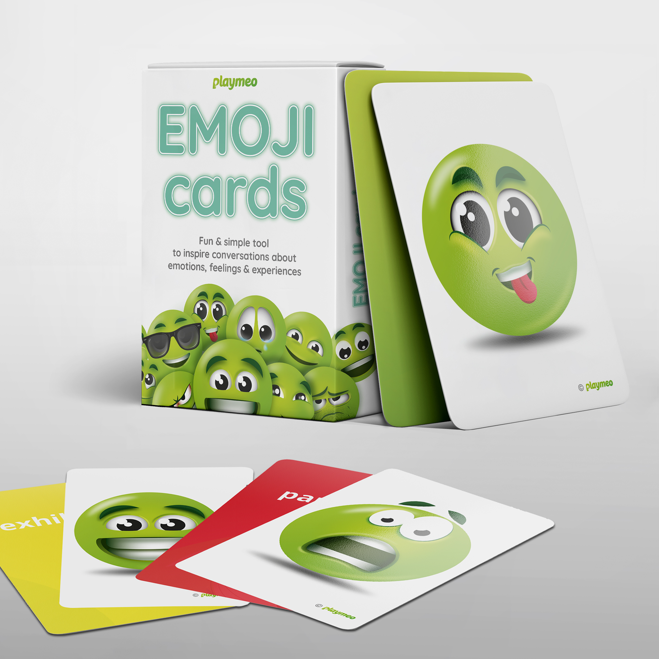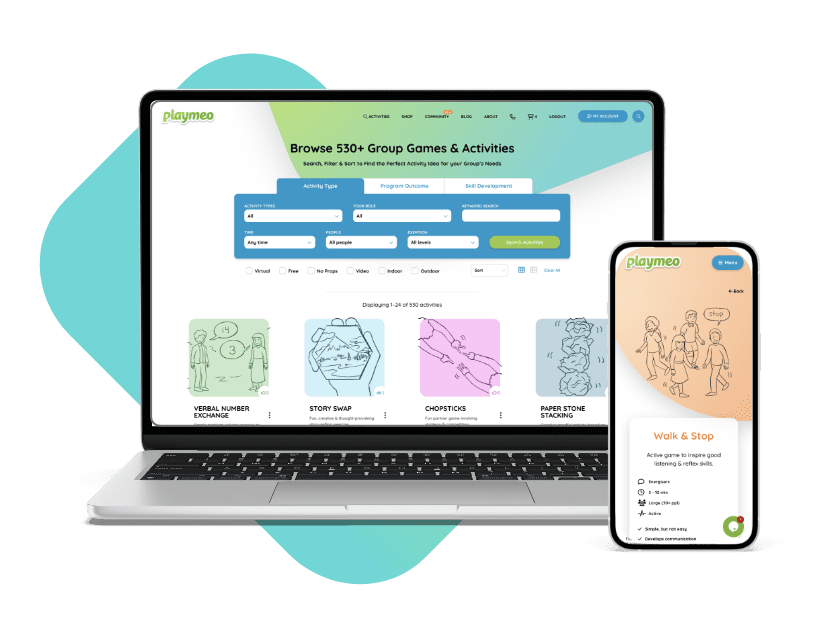Download our free 28-page ebook jam-packed with outrageously fun activity ideas.
As a kid, I loved listening to stories, especially those read to me at bed-time by my parents. Today, as a parent myself, I love re-living this magic as I read stories to my 14 month old son.
Telling stories connects people. Stories help form memories. Stories are full of discovery and fun. And, stories make a difference because they are one of the most effective strategies to share ideas.
We live in a connection economy. Observe the biggest, most successful enterprises of our time – they are all about connections – YouTube, Facebook, Twitter, Google, the blogosphere, etc. They thrive on telling a story.
Integrate ‘stories’ into your setting to help enhance the learning for your groups. I don’t necessarily mean reading a story related to your curriculum, although this can work. Rather, find ways to connect the ideas and theme of your program by way of a story to make the content more relevant to your group.
Stories such as The Prodigal Son, and Who Moved My Cheese? were never designed to narrate the lives of the central characters. These stories were all about discussing an issue and sharing ideas, such as forgiveness, or how to manage change.
Therefore, don’t focus on topics such as communication, leadership and trust. Focus on the issues your group is experiencing instead, such as the impact of poor communication, or an absence of trust, etc. Every one of these issues comes with a story or three.
Telling stories will resonate with your group because people will be able to relate to them. And relatedness is one of the key building blocks for developing understanding, not to mention, more powerful relationships.













Original post November 2013, last updated May 2018.